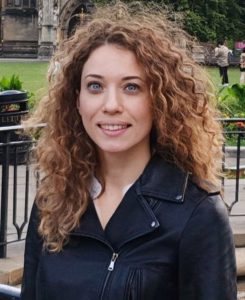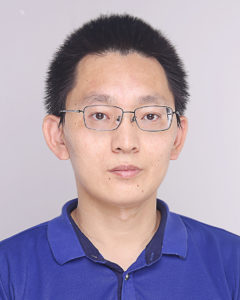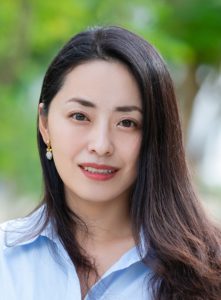Juliane started her research group in 2016 as a freigeist fellow of the Volkswagen foundation. After doing her PhD at the Autonomous University of Barcelona until 2014, she joined the group of Samuel Sanchez in the department of Prof. Siegfried Dietrich at MPI Stuttgart for a PostDoc until 2015. She is interested in the basic mechanisms that drive micromotion as well as targeted material design for future microswimmer applications. She can be found on Twitter @julianesimmchen.
Read Juliane’s Emerging Investigator article “Apparent phototaxis enabled by Brownian motion” and check out all of the 2021 Soft Matter Emerging Investigator articles here.
How do you feel about Soft Matter as a place to publish research on this topic?
Soft Matter is the flagship journal of our community and besides that, we chose it for the first independent publication of Linlin Wang, my first PhD student (Soft Matter, 2018,14, 6969-6973). So my connection to this journal is almost a sentimental one…
What aspect of your work are you most excited about at the moment and what do you find most challenging about your research?
Active matter is operating right at the border between living and non living systems. Especially the interactions in complex environments are sometimes stunningly similar to what we observe in e.g. bacteria. Scientifically seen, these intricate connections and the fine tuning of these systems are so fascinating, but this is fun. The challenge is to integrate the next generation of scientists into these microadventures and show them how beautiful the connections are.
In your opinion, what are the most important questions to be asked/answered in this field of research?
There are far reaching discoveries to be made in colloidal assembly for building materials and I am sure, some particularly interesting ones will contain active contributions.
Can you share one piece of career-related advice or wisdom with other early career scientists?
‘The test of all knowledge is experiment’ – (my favorite citation from Feynman) and if you enjoy science, stay flexible and enjoy the changes that come with it.




















